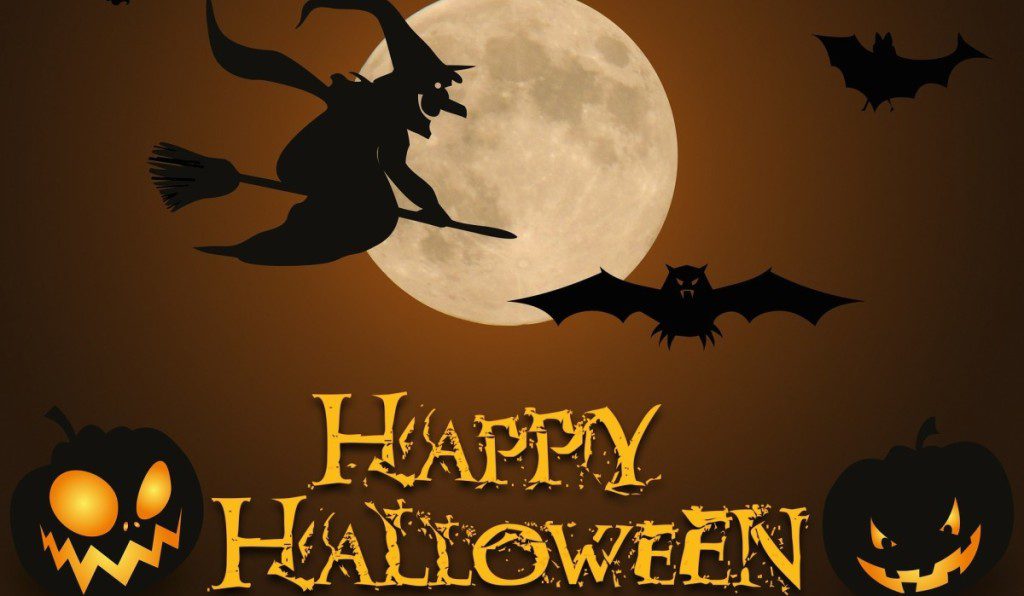Halloween has become America’s second largest commercial holiday with an estimated spending of USD 6 Billion by Americans alone on the festival. According to sources, a quarter of all the candy sold in US is purchased for Halloween.
Halloween finds its origin in the ancient Celtic festival of Samhain (pronounced as sow-in) which was celebrated on November 1 as New Year, by Celts. They lived around 2000 years ago in the area that now consists of modern Ireland, United Kingdom and Northern France.
Celts believed that the long and dark winter started on this day marking an end of the summer and harvest season. They believed that the night before the New Year, on October 31st, the spirits of the dead descended on earth. The Celtic priests, or Druids, made predictions about the future of people on this day and told funny stories, guided by the spirits of the dead. People burnt huge sacred bonfires to sacrifice their crops and animals as offerings to the Cetic deities.
The Celtic region came under the influence of Rome for about 400 years by 43 A.D. The original festival of Samhain got influenced by two Roman festivals, Feralia and Pomona. Pomona is the Roman god of fruits and trees, symbolized by an apple. It is widely believed that the worship of Pomona is the behind the tradition of “bobbing for apples” which is practiced on Halloween.
Bobbing for apples is a simple game where a large tub is filled with water and then apples are put into it. The players then try to catch the apples by only using their teeth. Their arms are usually tied behind their back so that they cannot take any support from them. Young people, especially children, love this game.
In 8th century, the All Martyrs Day was shifted from May 13 to November 1 and was declared as All Saints Day. (In 1000 A.D, the church declared that November 2 would be celebrated as All Soul’s Day – a day to honour the dead. Many believe that it was an attempt to replace the old Celtic festival with a festival approved by the church).
The All Saints Day was celebrated similar to Samhain with huge bonfires, parades and dressed up various costumes as saints, angels and devils. All Saints Day was also known as All-hallows or All-hallowmas. The eve, came to be known as All-hallows Eve or Halloween.
When Halloween came to America, it evolved into a public holiday for community get-togethers. By the end of 18th century, Halloween parties became a popular way to celebrate the day. These parties became popular for games, foods of season and festive costumes.
A Jack-o-Lantern lit with tea lights (Image Source)
One of the most famous figurines for Halloween is the Jack-o-Lantern. It is widely believed that the custom of making Jack-o-Lantern during Halloween began in Ireland and Britain. Usually a monstrous or a funny face is carved in a pumpkin and a candle or a tea light kept inside it. Those who made the lanterns believed that the lanterns would ward off evil spirits when hung in front of the house.
At the beginning of 20th century, the tradition of trick or treating became very popular. This became a very popular and inexpensive way for the neighbourhood to celebrate Halloween.
The way it works is simple. Members of a household could prevent tricks to be played on them by arranging for small treats for the children of the neighbourhood. This tradition is most popular in North America till today. Happy Halloween!
—
Recommended Reading:

